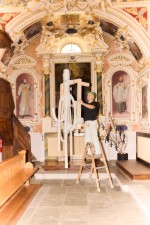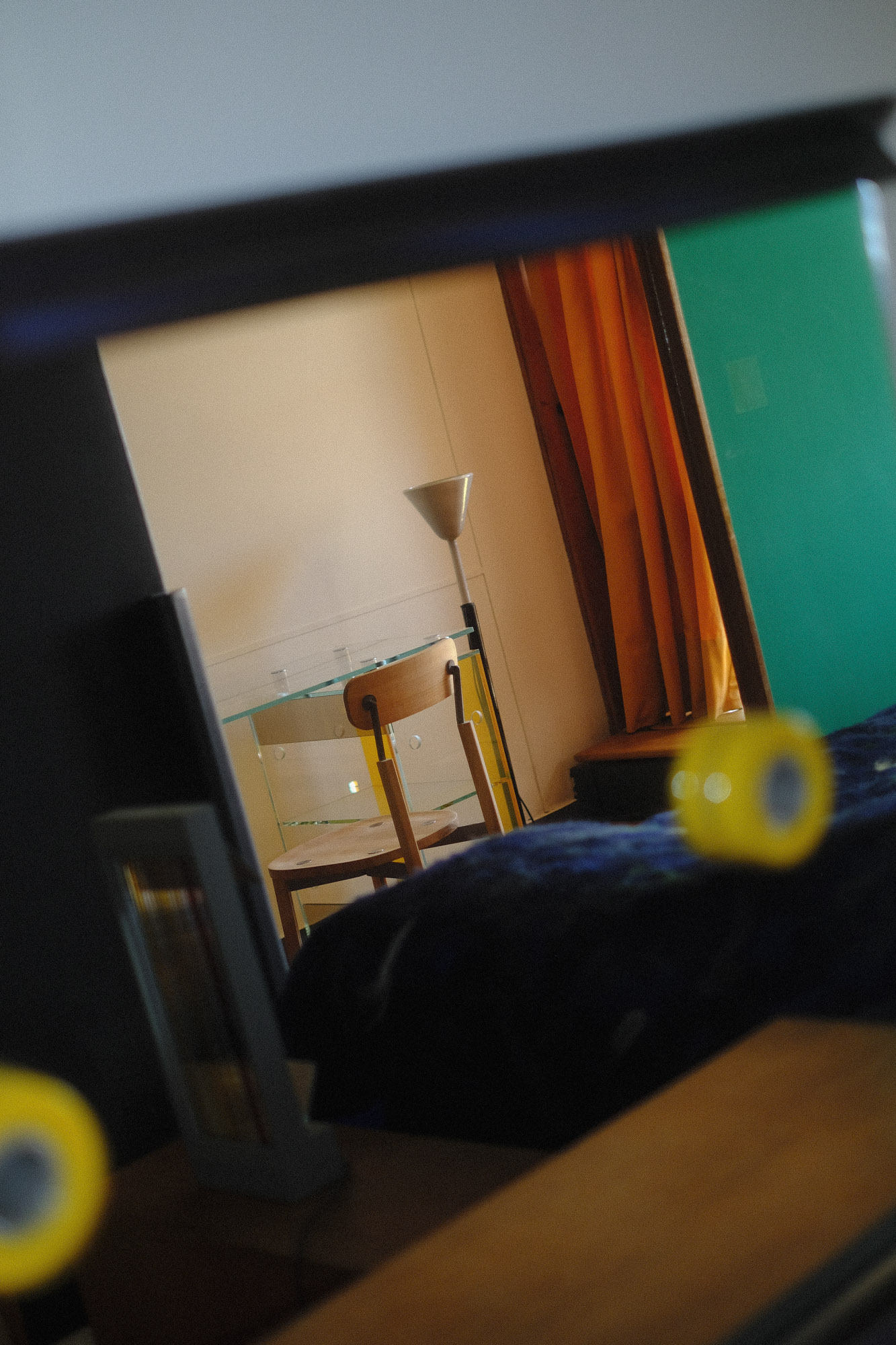Sebastian Kommer
Modular design
What defines design in a world of perpetual change? Can objects, systems, or ideas remain static as society, technology, and human needs constantly evolve? My practice as a designer explores the intersection of space and object, with a focus on the interplay between visible and invisible systems. As the foundation for open design lies modularity, embodied through the use of aluminum extrusion profiles. This philosophy invites adaptation and evolution, allowing objects—and the ideas behind them—to be modified, disassembled, and reassembled, unlocking new possibilities.
Design, then, becomes an exploration of recombination: taking individual parts and combining them in ways that give new meaning to familiar forms. Modular design brings this principle to life by creating frameworks that respond to present needs while evolving to meet future requirements. This adaptability enables designs to remain relevant, not as fixed solutions but as dynamic systems capable of transformation.
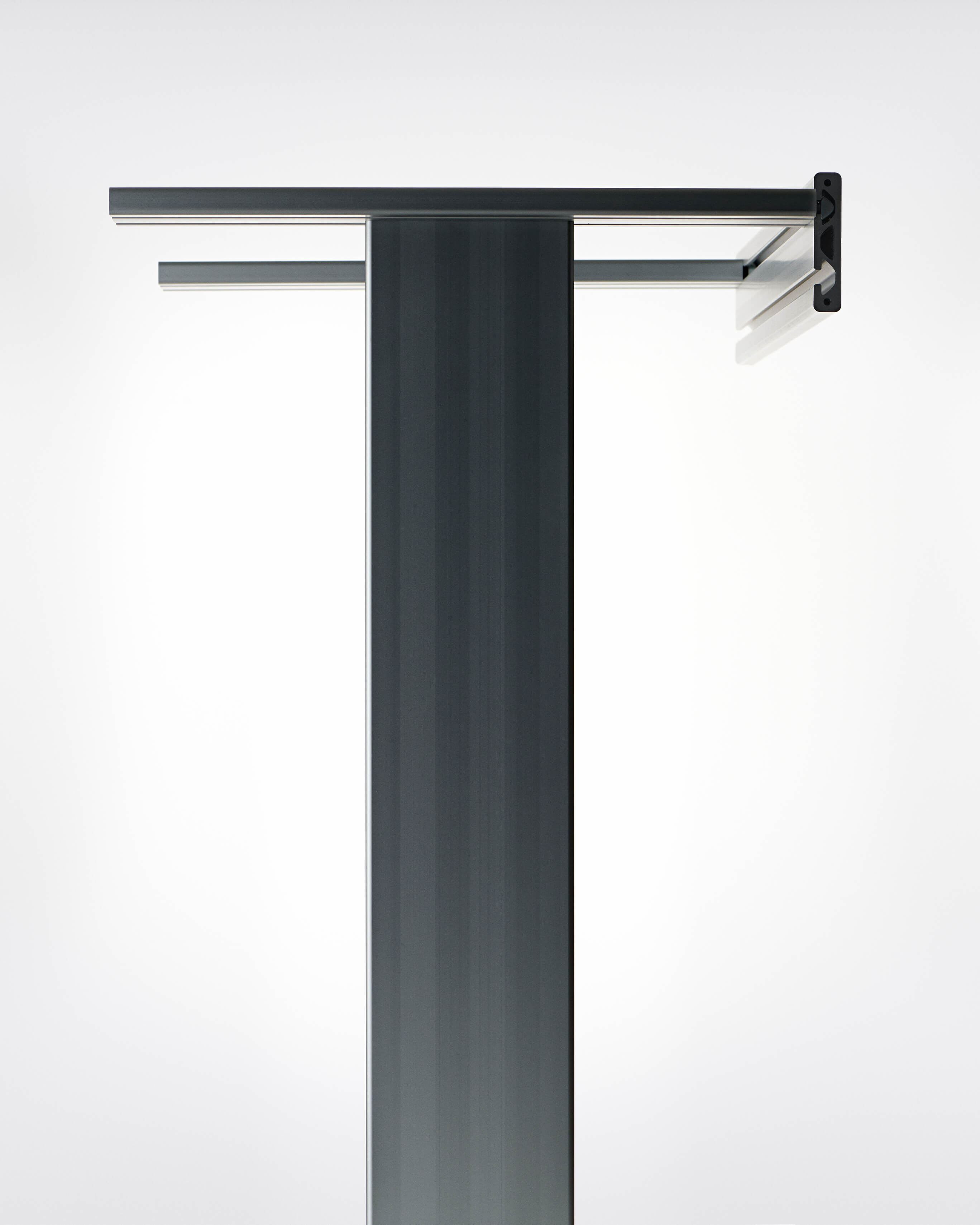

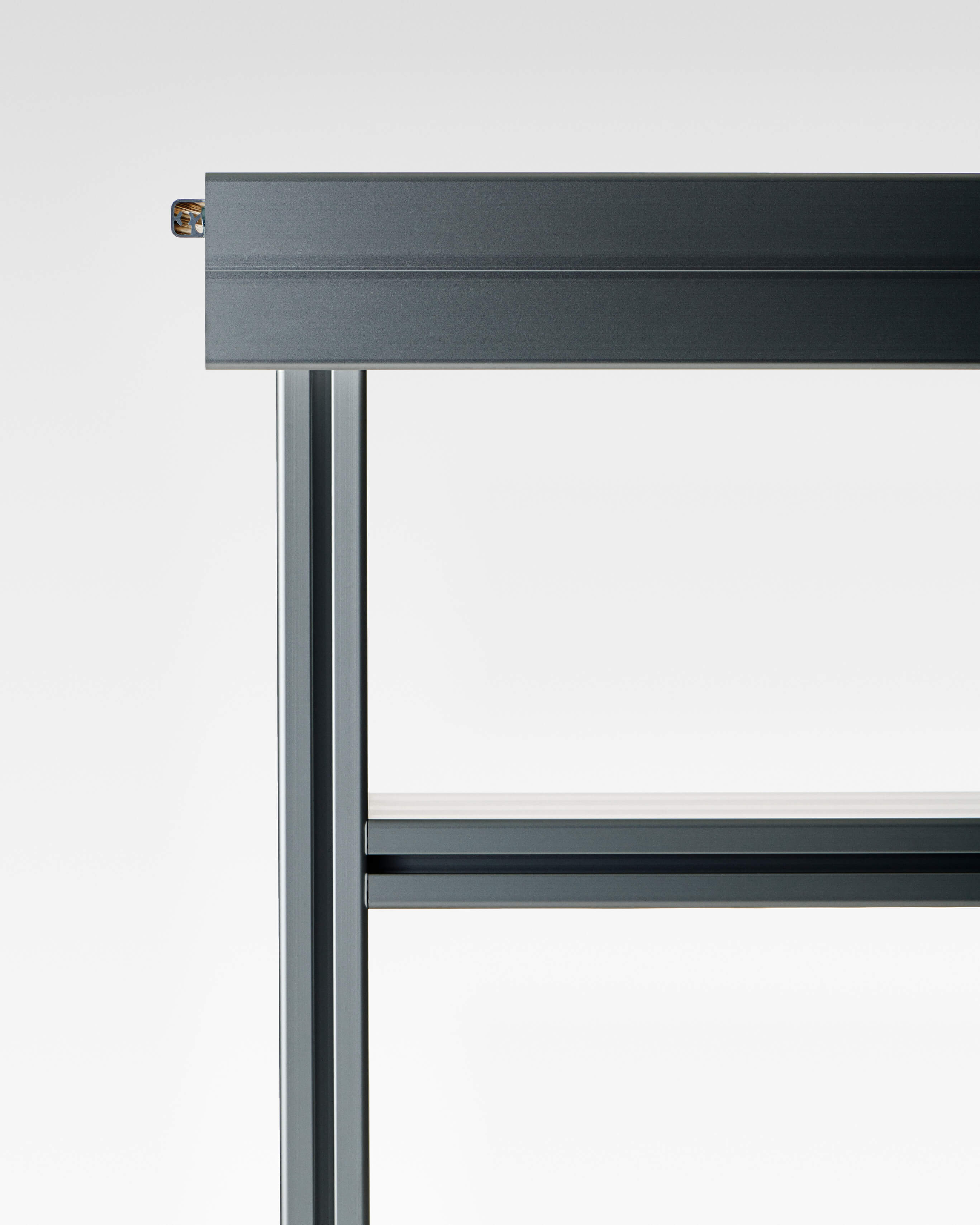
The AE_C chair exemplifies this ethos. Designed within a modular system, it can be disassembled into its constituent parts. While it appears complete when assembled, this sense of finality is an illusion. The aluminum profiles that form the chair are not merely structural components; they are tools—like an Allen key or a measuring tape—used to create and redefine possibilities.
Modular design also offers a new lens through which to view the material world, challenging us to experiment with the familiar and rethink existing elements to address the demands of an unpredictable future. By transforming individual parts into adaptable systems, modularity allows for designs that grow and evolve alongside the contexts they inhabit.
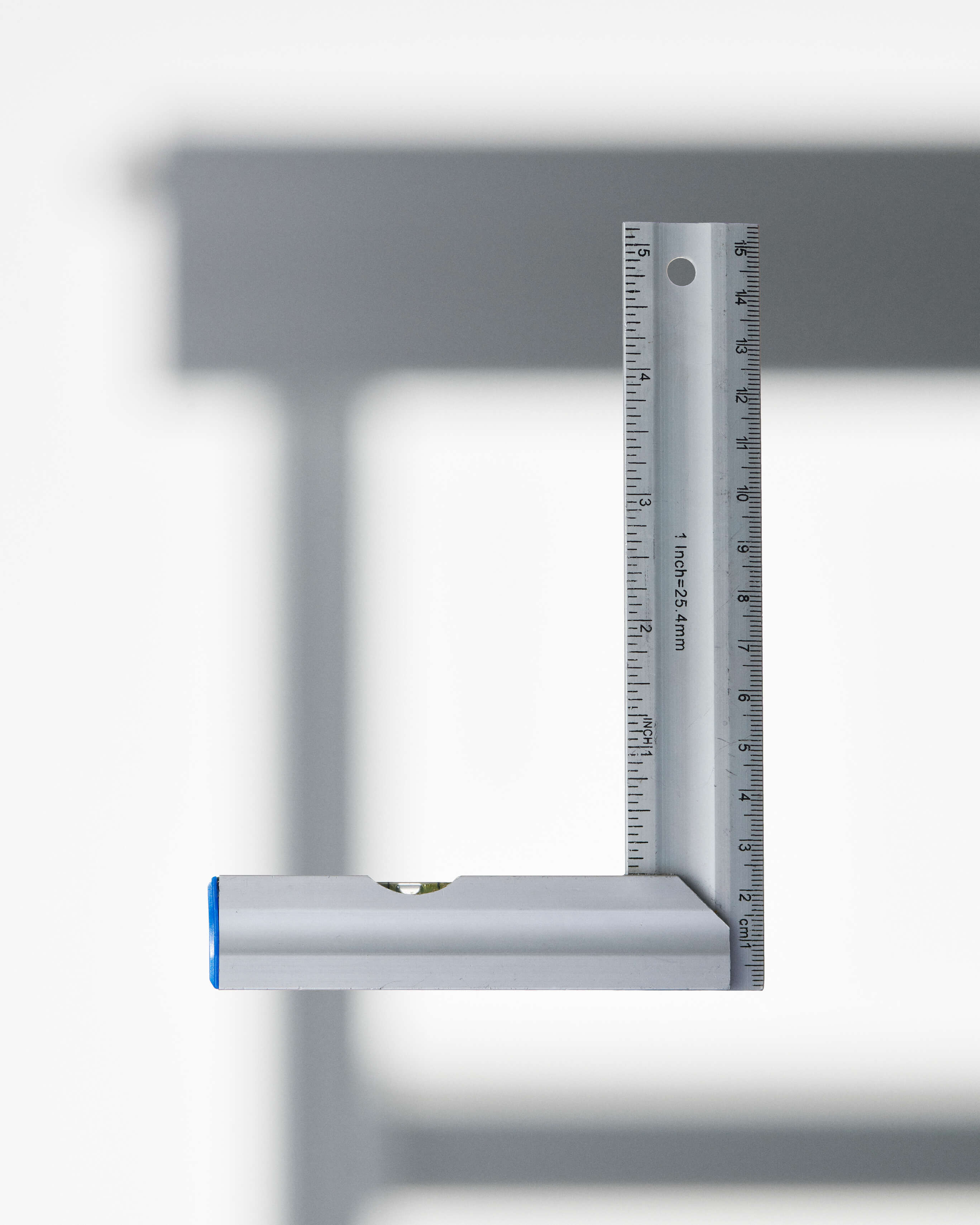
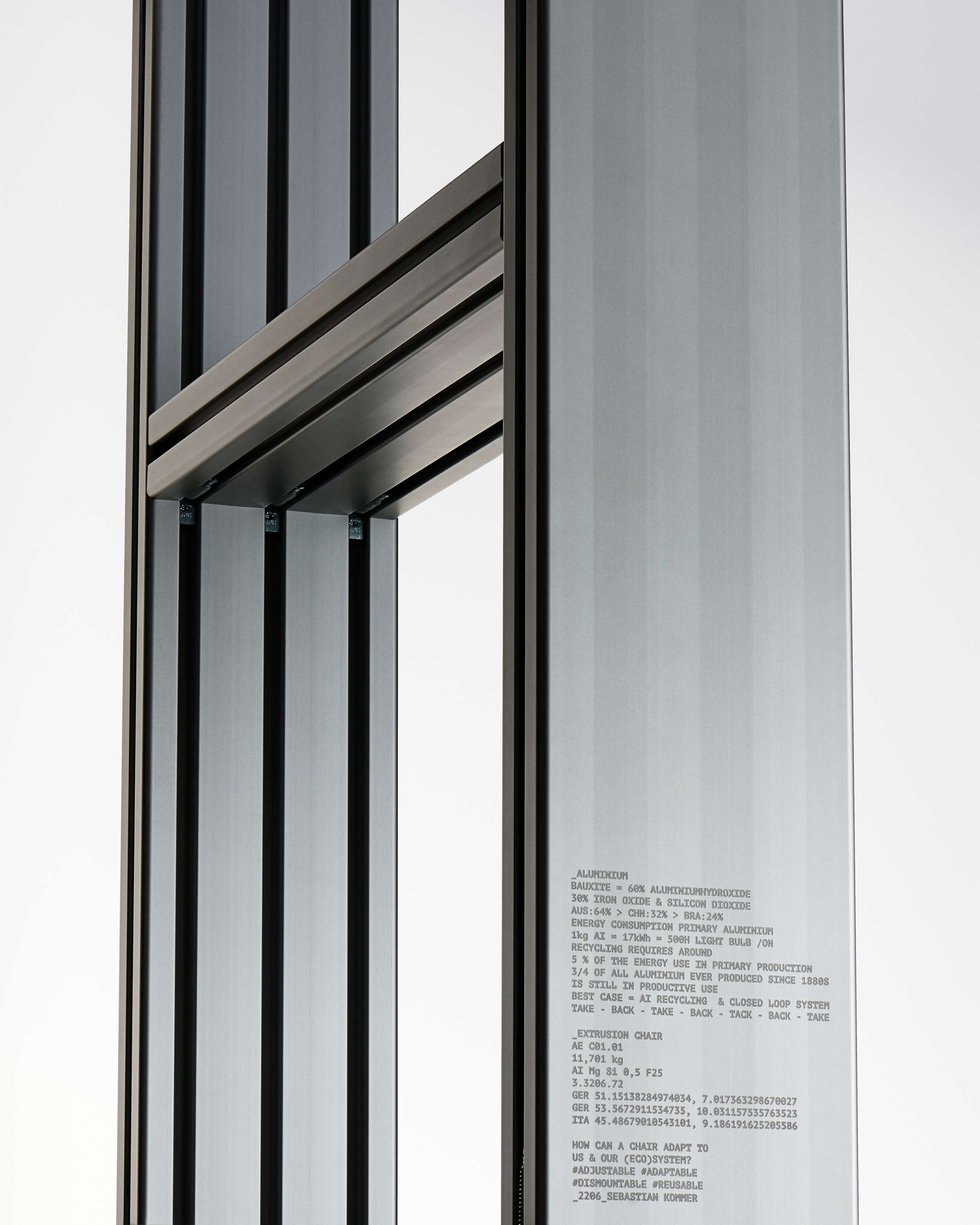
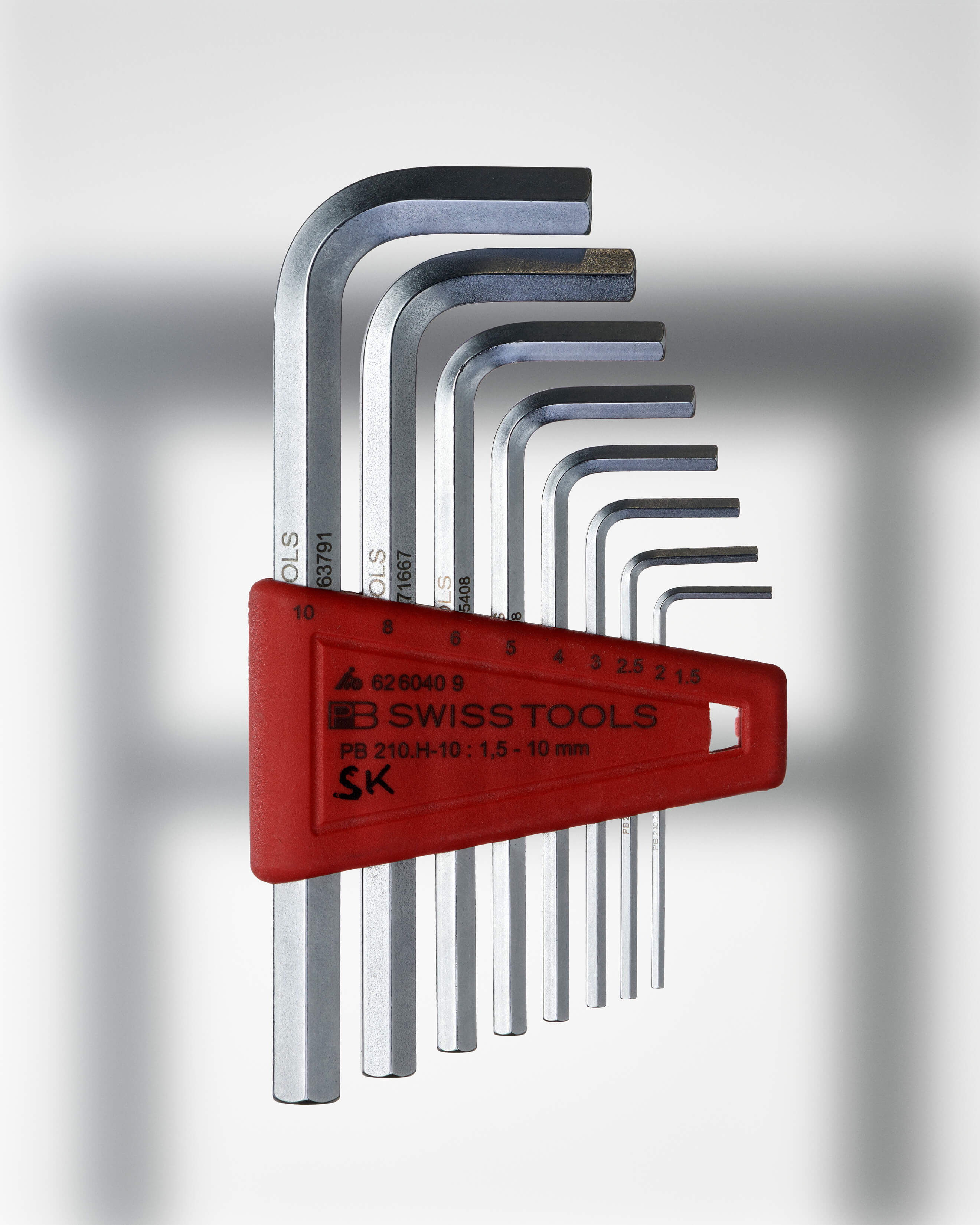
Aluminum, a defining material of the 21st century, encapsulates the dualities of modern design. Its strength, versatility, and recyclability make it indispensable, yet its production bears significant ecological costs. For every ton of aluminum produced, 14 tons of toxic red mud waste are generated, leaving a lasting environmental footprint. The mining of bauxite, its primary ore, scars landscapes and threatens biodiversity.
However, aluminum’s regenerative potential offers a path forward. Remarkably, 75% of all aluminum ever produced is still in use today. Its recyclability requires just 5% of the energy needed for its initial production, positioning it as a cornerstone of a circular economy. This dual nature—simultaneously problematic and promising—underscores the challenges and opportunities of sustainable design.
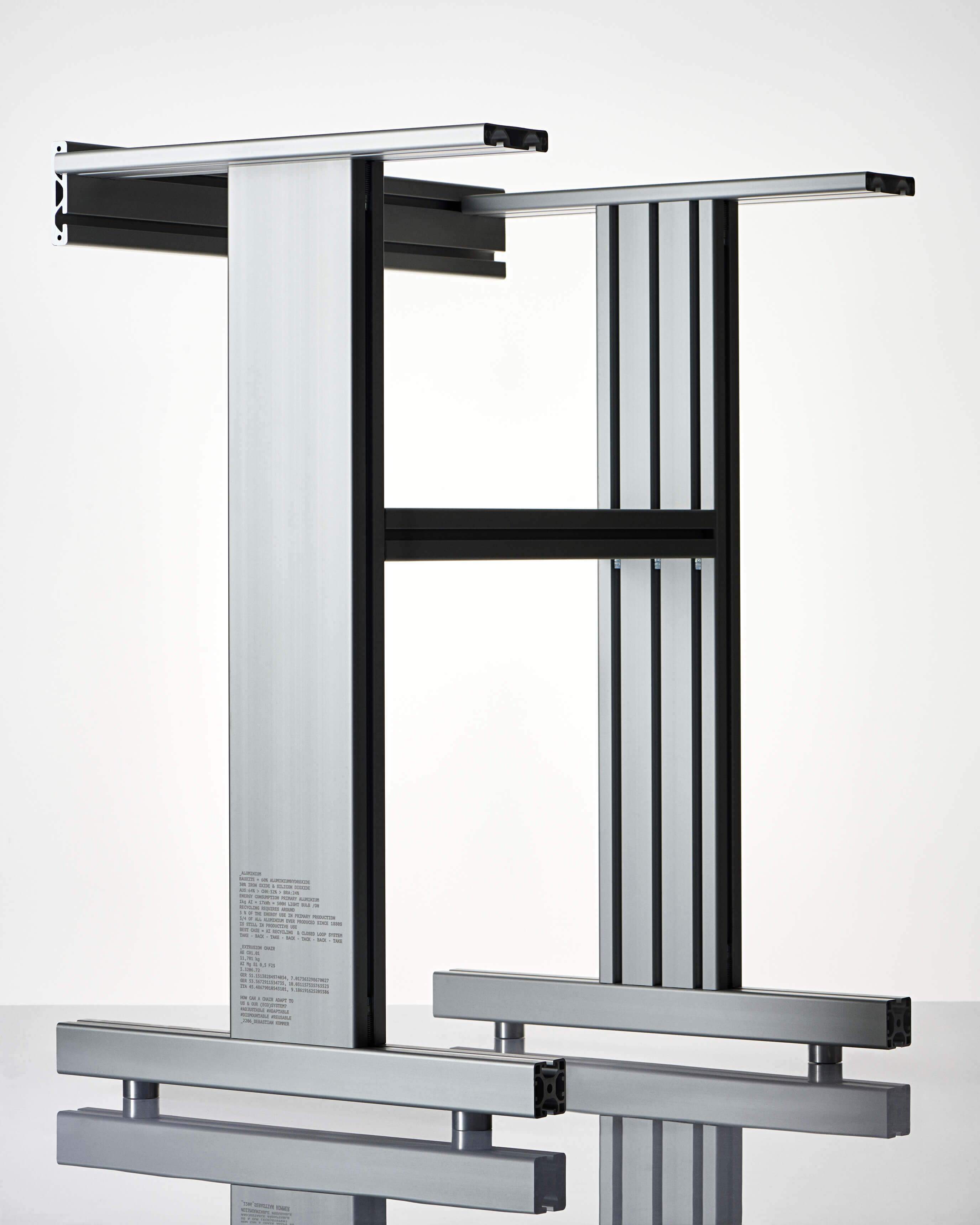
What if design were less about permanence and more about reconfiguration? Objects could become tools for reinterpretation and reuse rather than endpoints. This ethos extends beyond materials to influence systems, spaces, and relationships, fostering a culture of adaptability and resilience.
In this sense, modularity reflects broader cultural and ecological shifts. It mirrors the interconnectedness of modern life, where nothing exists in isolation, and everything is subject to change. By embracing existing resources and rethinking their arrangement, modular design offers more than sustainable objects—it provides a framework for dynamic, open-ended creation.
Creative direction by Sebastian Vargas / Photography by Jeremy Ayer / Words by Sebastian Kommer
Sign up for our newsletter for the latest stories, collaborations, and insights.
Related

Alfredo Häberli & Iittala 20 years of design
Barão-Hutter Alte Reithalle

Marie & Alexandre La Cité Radieuse, Apartement 50
Memories of the Future Alfredo Häberli & IITTALA
AATB Non-Industrial Robotic Affairs

Hans Ulrich Maurer Extraordinary Design
